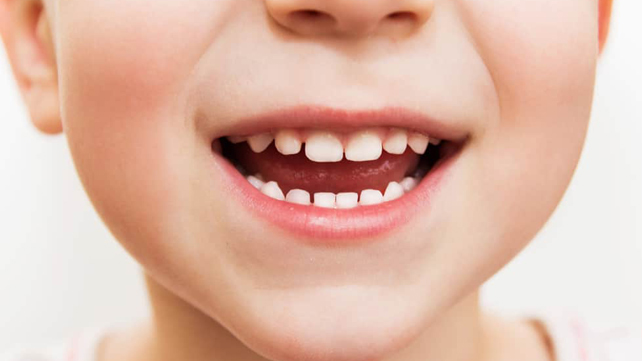The World Health Organization states that five hundred million children in the world have decay on primary teeth. Primary teeth decay is also found in visually impaired children, with the incidence in various countries around the globe varying around 40 – 98.7%. Difficulties in health problems due to limited vision of visually impaired children tend to experience cavities more easily. Visually impaired children face enormous challenges in maintaining oral health independently.
Early intervention is needed to improve the quality of life of visually impaired children in the future. Various innovations in oral health educational media are strived to increase knowledge, attitude, and behavior to maintain oral health to be applied in daily life. Our systematic review discusses various innovations that world researchers have made in developing oral health education media and their impact on visually impaired children’s behavior and oral health status.
Which innovation brings the best impact of change for visually impaired children?
A systematic review is carried out by following the Preferred Reporting Items for Systematic Reviews and Meta-Analysis (PRISMA) guidelines to answer these big questions. Six hundred and fifty-three studies related to innovative oral health education media for visually impaired children were obtained from various databases, such as Scopus, PubMed, ProQuest, ScienceDirect, EBSCO, SAGE, and the Cochrane Library. The selected study characteristics were determined based on PICO (Population, Intervention, Comparison, and Outcome), study design, location, and a specific time frame as criteria that determine the feasibility of the study for the following review process.
From the 653 studies, ten articles were selected for further review in this systematic review. Selected papers were published between 2012 – 2019. The intervention research design used was a randomized controlled trial (RCT) and non-RCT. Audio, braille, audio-tactile performance, verbal, tactile, or a combination of these media are known to be alternative media for oral health education for visually impaired children. The ten studies measured the impact of media innovation interventions on visually impaired children’s behavior and oral health status.
Impact of media innovation on behavior change and oral health status among visually impaired children
Oral health behavior is related to dietary habits, tooth-brushing behavior, and dental visits. This research found that various types of innovative oral health education media used are proven to have an impact on increasing knowledge, attitudes, and practices in maintaining oral health in visually impaired children after the intervention.
In addition to the impact on behavior change, the oral health status of visually impaired children before and after the interventions was also evaluated. Oral health status was known using oral hygiene status measurement based on Loe and Sillness plaque index score and gingival index score to assess the gingival condition. Improving oral health status among visually impaired children shows that oral health education through innovative media has a significant impact.
This study shows that the use of various educational media innovations brings the best impact on behavior change and oral health status among visually impaired children. This systematic review provides various alternatives of oral health education media that the stakeholders can implement in developing oral health education programs for visually impaired children.
Author: Ira Nurmala, S.K.M., MPH., PhD
Detailed information on this article can be viewed in our article in the journal Special Care in Dentistry which can be accessed by the following link:





